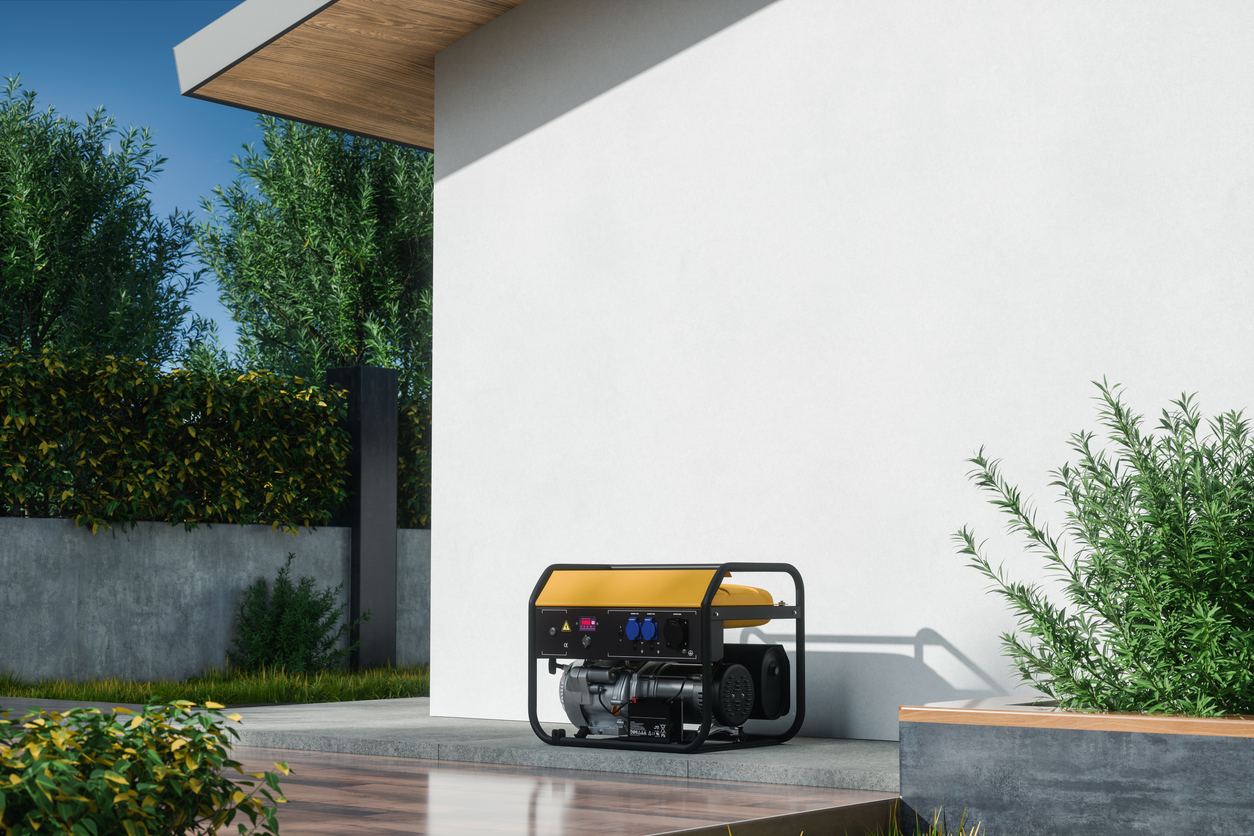Many people don’t know that the FCC created something called the Lifeline Program to help make communication services more widely available for all Americans, including low-income individuals. Not only does this mean allowing those who qualify to receive smartphones from the government, but also unlimited monthly service plans.
In the United States, access to a cell phone is considered a necessity rather than a luxury, critical for staying connected with family, employers, and emergency services. Recognizing this, the government, in partnership with various telecommunications providers, offers programs designed to provide eligible citizens with free cell phones and service plans. This article will guide you through the process of obtaining a free cell phone from the government, covering eligibility criteria, the application process, and frequently asked questions.
Understanding the Lifeline Assistance Program
The cornerstone of the government's effort to provide free cell phone service is the Lifeline Assistance Program. Established in the 1980s and updated for the modern era, Lifeline aims to ensure that all Americans have access to essential telecommunications services. The program provides a monthly discount on phone service—either landline or wireless—to eligible low-income subscribers. In recent years, many service providers participating in Lifeline also offer a free cell phone to go along with the service discount.
Eligibility Criteria
Eligibility for a free cell phone and discounted service through Lifeline is based on income or participation in certain federal assistance programs. To qualify, your household income must be at or below 135% of the Federal Poverty Guidelines, or you must be a participant in one of the following programs:
- Medicaid
- Supplemental Nutrition Assistance Program (SNAP)
- Supplemental Security Income (SSI)
- Federal Public Housing Assistance (FPHA)
- Veterans Pension and Survivors Benefit
- Certain Tribal Programs (if living on federally-recognized Tribal lands)
Application Process
Find a Provider: The first step is to locate a telecommunications provider that participates in the Lifeline program in your area. The Universal Service Administrative Company (USAC) maintains a list of providers by state on their website.
Apply: Once you've identified a provider, contact them to apply for the Lifeline program. Many providers allow you to apply online, by mail, or in person. You'll need to provide proof of eligibility, such as a letter from a government agency or a copy of your tax return.
Wait for Approval: After submitting your application, there will be a processing period during which your eligibility is verified. If approved, you'll receive information on how to obtain your free cell phone and start your discounted service.
Annual Recertification: Lifeline recipients must recertify their eligibility every year to continue receiving the benefit. Failure to do so will result in the termination of the discount and, potentially, the service.
Frequently Asked Questions (FAQs)
Q: Is the phone truly free?
A: Yes, many Lifeline providers offer a basic cell phone at no cost. However, the types of phones and plans available can vary significantly between providers.
Q: What kind of phone will I receive?
A: The make and model of the free cell phone provided will depend on the carrier. These are typically basic or older model smartphones.
Q: Can I upgrade my phone?
A: Some providers may allow you to upgrade to a better phone for a fee. Contact your provider for more details.
Q: Are there any restrictions?
A: Yes, the Lifeline program is limited to one discount per household, and you must certify your eligibility annually.
Q: What if I no longer qualify?
A: If your financial situation changes and you no longer qualify for the program, you must inform your provider to avoid penalties.
The Lifeline Assistance Program plays a crucial role in ensuring that all Americans have access to essential communication services. By providing free cell phones and discounted telecommunications services, the program helps bridge the digital divide, ensuring that low-income families and individuals remain connected to society. If you believe you might be eligible, reaching out to a participating provider could be your first step towards staying connected in today's digital world.


